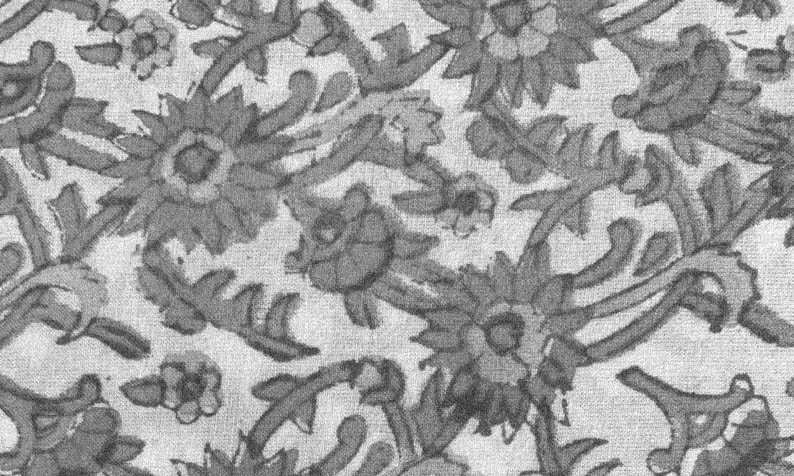A single item of clothing that could fit us through our entire adulthood. This garment could adapt to any climate, but is in its most perfect iteration in hotter temperatures, which seems an unfortunate certainty on our future earth. Its many variations can suit any gender. A garment that is an idea as much as it is a piece of clothing.
I remember learning that the Thousand and One Nights is so named because that number was a stand-in for infinity. It is my feeling that the sari is infinite in the same way. Perhaps, one day, one could come to the end of variations, the same way one could count to a thousand, and then add one: an end exists, but I have not yet come to it. The sari, like any other piece of clothing, is a form of communication: often, it communicates the region, caste, class, and occupation of its wearer. I wonder—and hope—that we might find a way to honor the origins of these patterns and drapes while opening the styles up to more people and more possibilities. To me, it’s the difference between cultural appropriation and cultural exchange, the latter made possible by respect, curiosity, and a more equal balance of power. A more equal balance of power is my greatest hope for our future.
I have worn saris only on specific special occasions and felt, each time, glamorous and hamstrung. The way the saris have been tied (by others, for I am hopeless when it comes to tying my own) requires the petticoat to be cinched around the waist so tight I usually get a stomach ache, the blouse so unforgiving I can barely lift my arms. The fabric pleats are vexing to walk in. You don’t hitch it up like a prom dress, but subtly kick it out in front of you each time you step (I am still at sea about how you’re supposed to climb stairs). I’ve never felt natural in one, even though I marvel at the fact that I was able to fit into a garment from my mother’s youth during my eighth month of pregnancy (in contrast, most of her Western clothing fit me only until early adolescence). Now I think: the Nivi drape perhaps isn’t the right style for me. And also, I need practice. A sari is clothing the way a bike is transportation. Only after learning how to ride does the bike become an expression of your own impulses as effortlessly as thought itself.
Silk for weddings. Cotton for the beach. Wool or cashmere for the snow (I pray for a future that still has snow). The length of it stretches back and back, deep into the past where my mothers worked and lived. But into the future too, where my daughters have not yet been born. Some drapes require the pallu to be pulled over the head, then tucked back into the waist, making the tied sari a closed loop. That loop is a kind of infinity, too. Changed by time, we return again and again to where we started. And start again.
